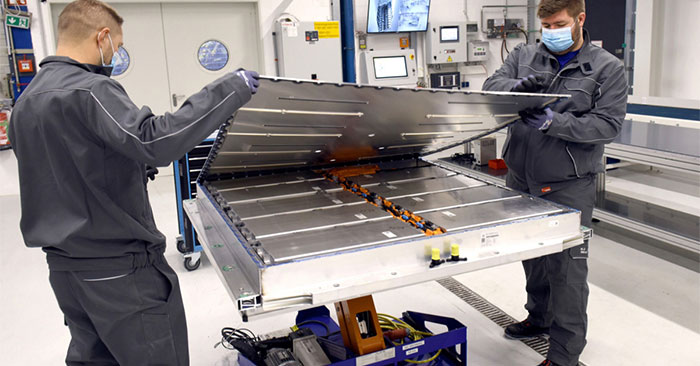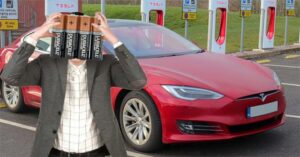
Electric vehicles are widely acknowledged to be crucial in the fight against emissions. Projections indicate that by 2030, there will be approximately 145 million electric cars on global roads. Nevertheless, the recycling of their batteries poses a significant challenge in numerous countries. It is estimated that more than 12 million tons of lithium-ion batteries will need to be recycled before 2030. To gain insight into the recycling process of old electric car batteries, we shall delve into Volkswagen’s car battery recycling operation in Saltzgitter, Germany.

Volkswagen opened an electric car battery recycling plant in Saltzgitter, Germany, at the beginning of 2021. The facility is equipped with a sophisticated sorting system that effectively classifies and separates valuable battery blocks. Through a series of complex steps including crushing, drying, and the separation of metals like lithium, manganese, and cobalt, the plant is able to recycle 95% of used battery blocks.
The process begins by disassembling the old battery and conducting a thorough inspection. The battery cells that are still functional are kept. There are multiple steps involved in the separation of metals and chemicals within the battery. Initially, the particles are ground to form a moist blend consisting of large particles of metals and chemicals. The retained particles are then dried, and the electrolyte liquid is extracted by pumping it out. Subsequently, the dry material is sieved to separate the lithium, manganese, cobalt, and graphite mixture, commonly referred to as ‘black powder’.
The particles are separated from the magnetic raw material. Likewise, the synthetic particles are separated from the non-magnetic metals. As a result, bags are obtained that contain plastic scraps, mixtures of aluminum and copper, as well as powdered mixtures of lithium, cobalt, and other metals that can be reused in batteries.
The recycling facility of Volkswagen has the capacity to process approximately 3,600 batteries annually.


